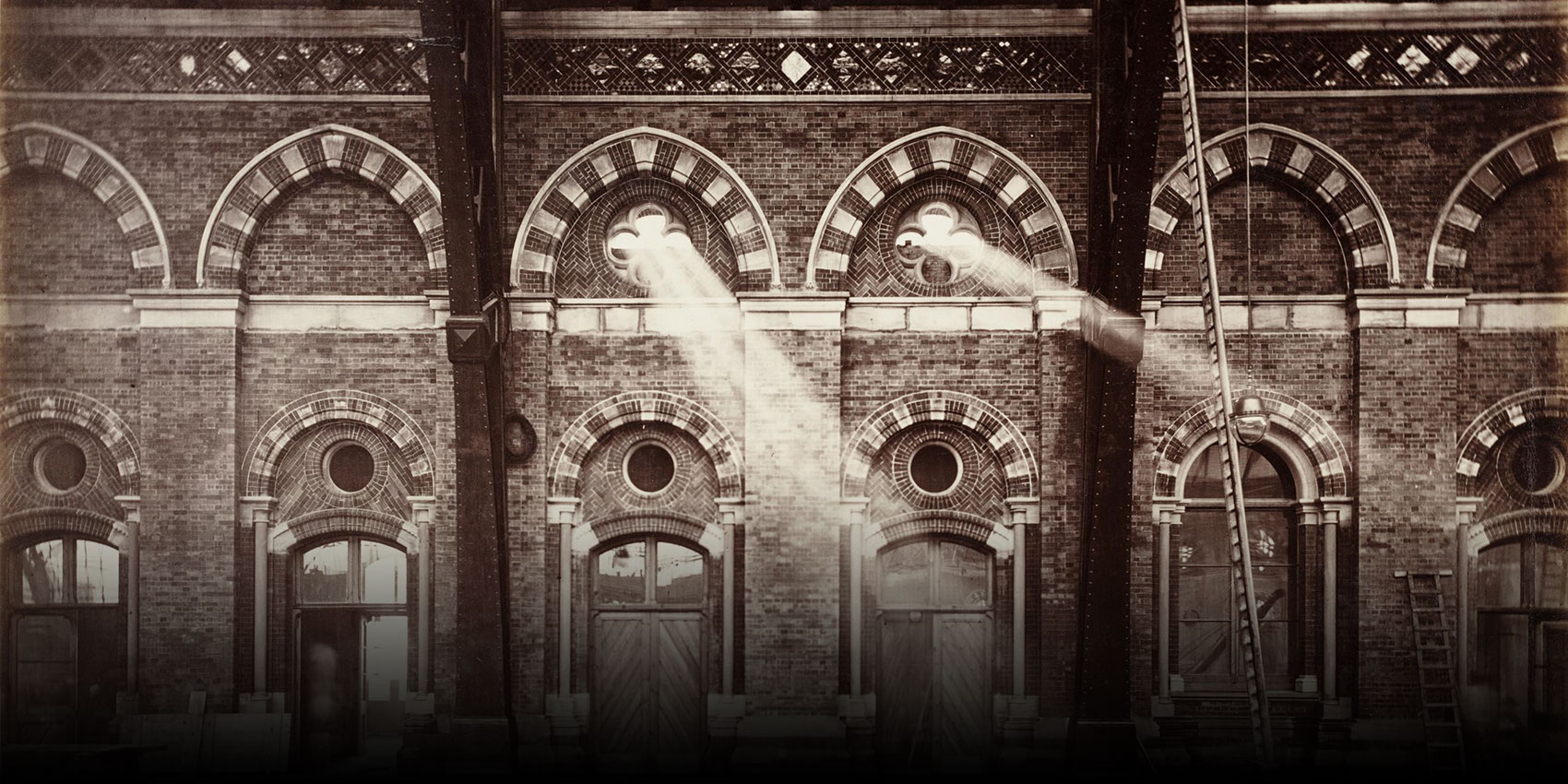The partnership between the National Railway Museum and the University of York offers me a unique opportunity to work within the museum environment and carry out a research project on an aspect of the National Railway Museum’s image collection. I’m using a selection of nineteenth and early twentieth century photographic albums to consider how the construction of the railways is depicted in photographic form. I’m also taking the opportunity to record details of individual images, and to analyse the albums in depth to help enrich their catalogue entries.
The museum has an extensive photographic collection, made up of around 1.75 million photographs. The subjects range from standard images of new locomotives to the more bizarre, such as stills of lost property at Paddington Station. These photographs, and particularly those depicting the construction of the railways, demonstrate the huge impact that train travel had on Victorian and Edwardian society, and many of the images have the potential for study for both their documentary and aesthetic values.
The research so far has certainly been interesting, giving me an insight into how the landscape was transformed in order to accommodate the railways, and each album emphasises the labour and materials that went into railway construction. It is also fascinating to see such work documented in photographic form, which like the railways was a growing symbol of modernity at the time.
I wanted to use this post to show you a few of my favourite finds so far. These include the construction of St Pancras station from 1867-78, which is the subject of two albums produced by the Midland Railway Company. The photographs clearly demonstrate the majesty of the building, and the vast scale of construction.
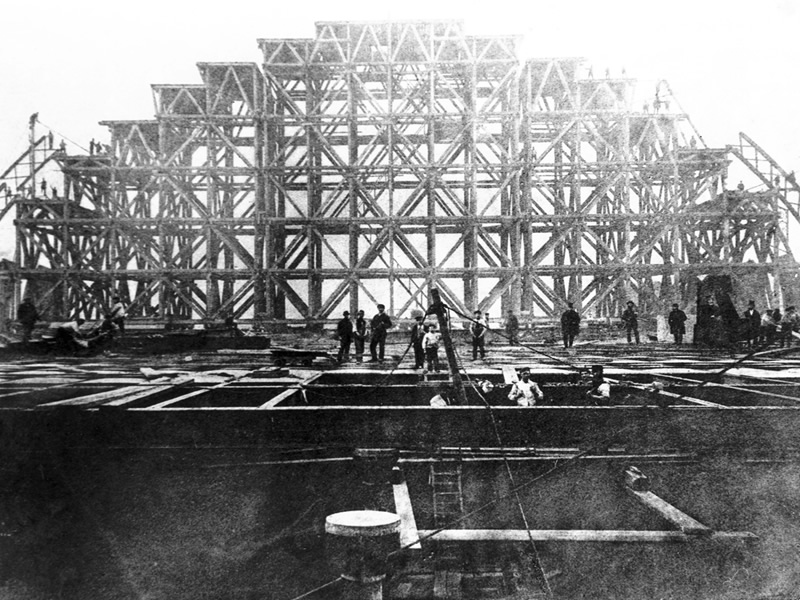
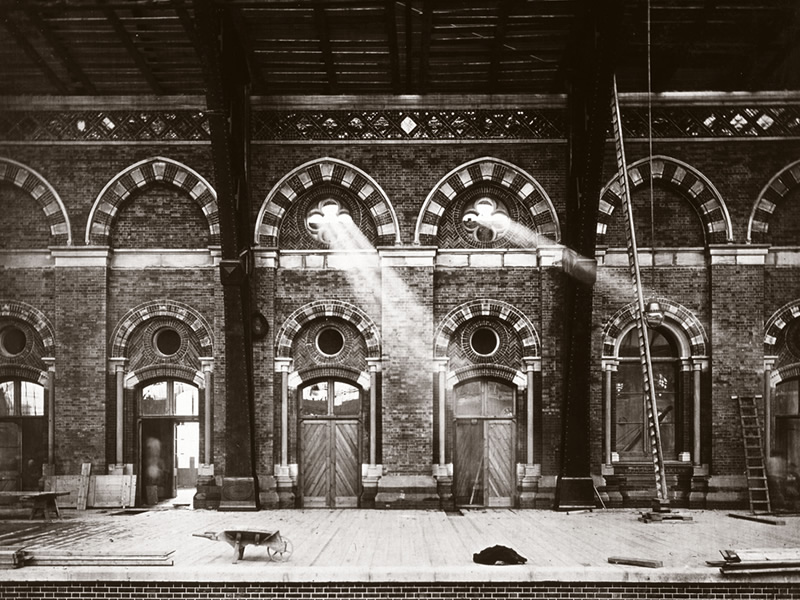
There is also an album documenting the Midland Railway’s construction of the Rowsley to New Mills line in the Derbyshire Peak District. This album highlights the invasion of the railways into the natural landscape and how it altered the traditional countryside view.
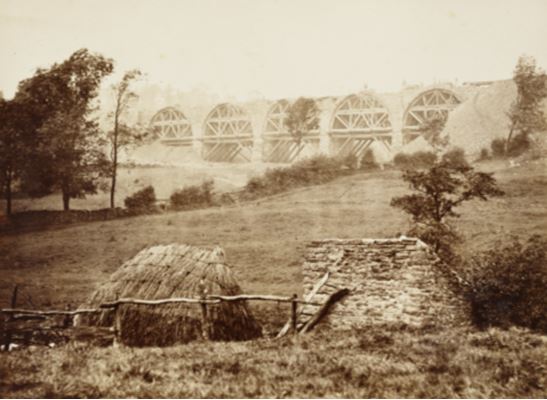
There are also a number of albums that focus on the railway works. These offer a valuable insight into the construction of locomotives, carriages and wagons. These images were taken in the North Eastern Railway’s York Carriage & Wagon Works in about 1910. The album shows the wide range of specialist skills and craftsmanship that was used in the construction of railway vehicles, and also the large scale of the workforce.
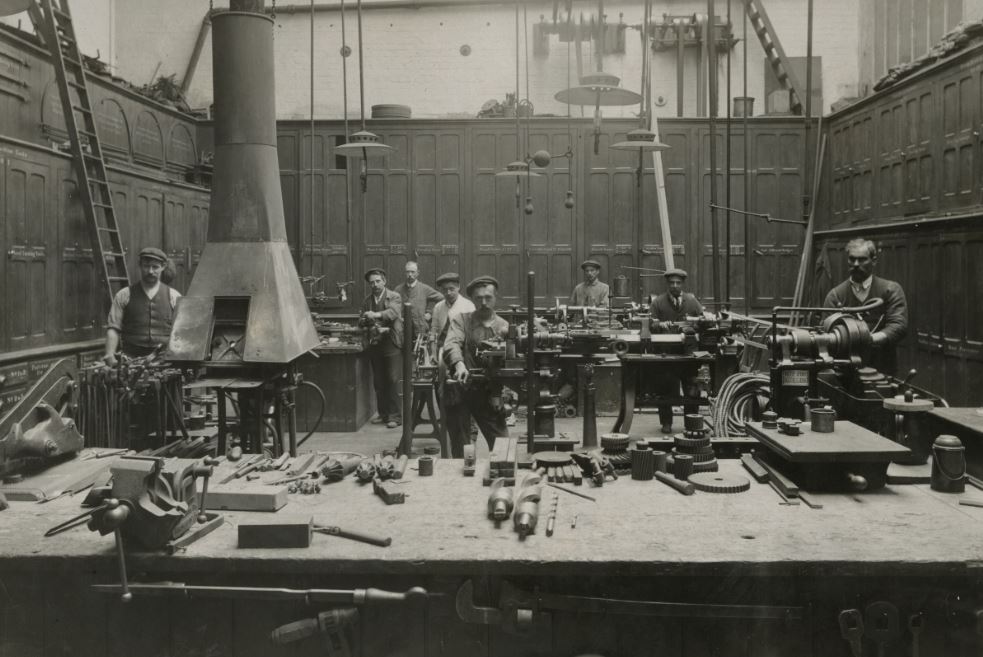
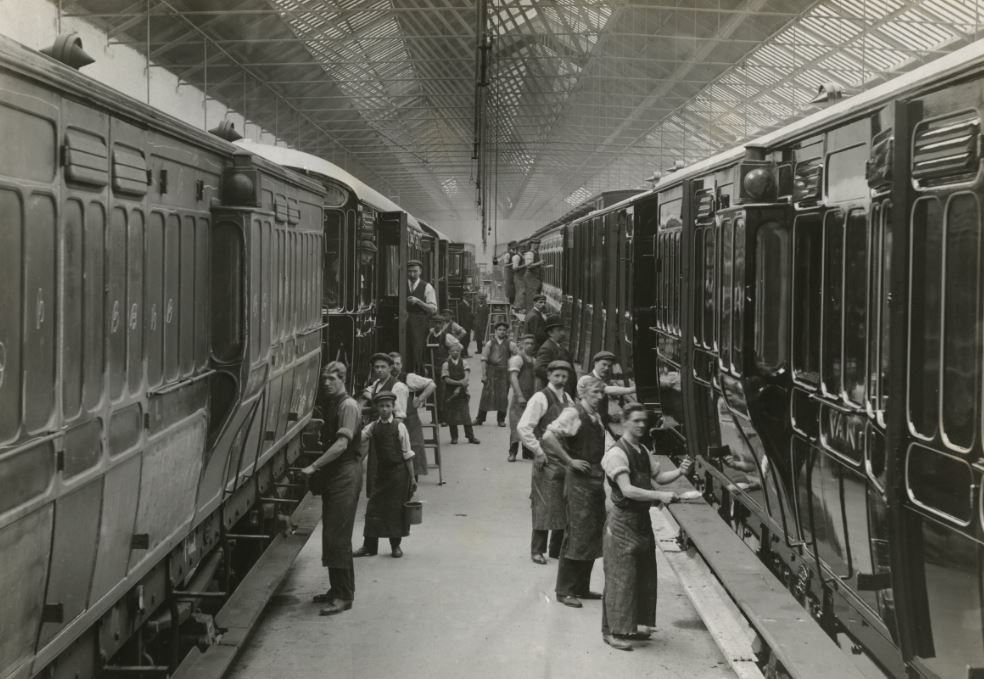
Over the coming months, I will be documenting and analysing the various albums, so by the end of the project we will have a greater idea of how railway construction was recorded in photographic form. My research will also contribute to wider debates on the use and compilation of albums to record information in the Victorian and Edwardian period, the use of photography and the railways and lastly the creation of an industrial aesthetic. I hope my investigations will open up a better understanding of the subject and will also make the sources more easily accessible for all.
Browse some of the images in our collection or purchase a print, canvas or framed picture.
